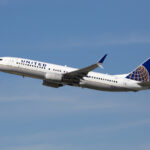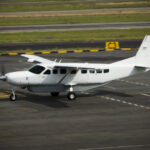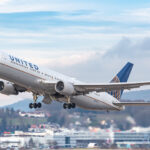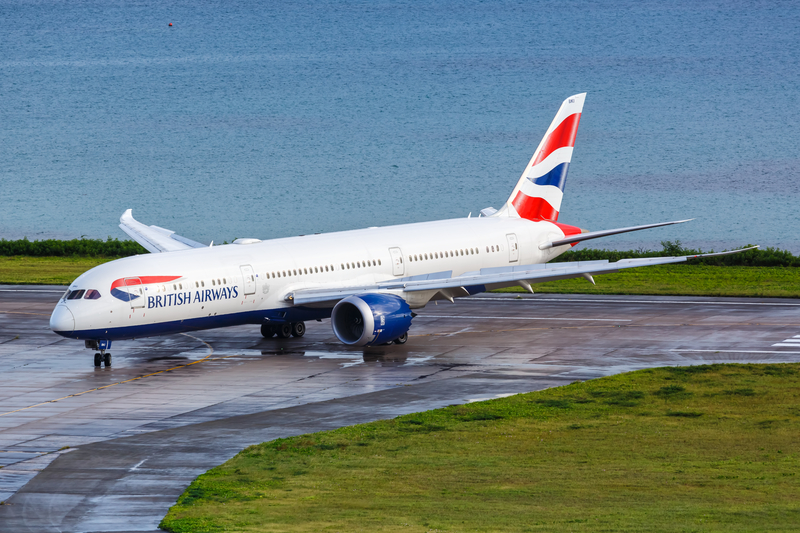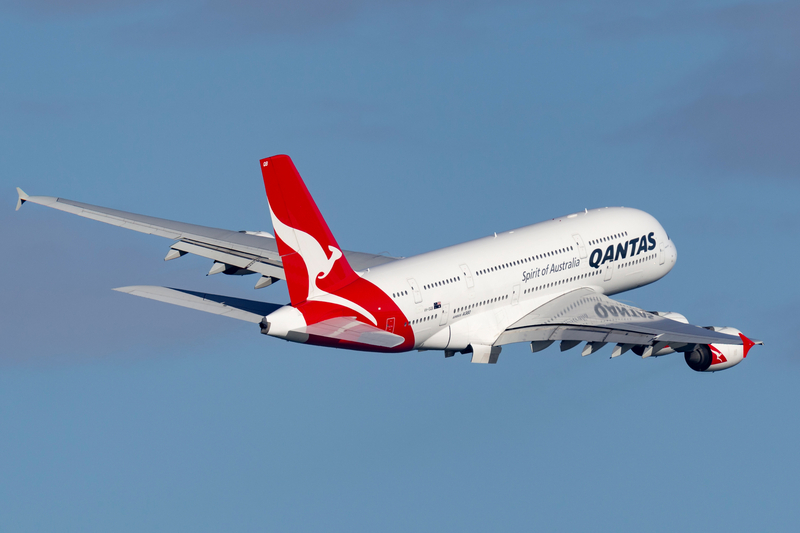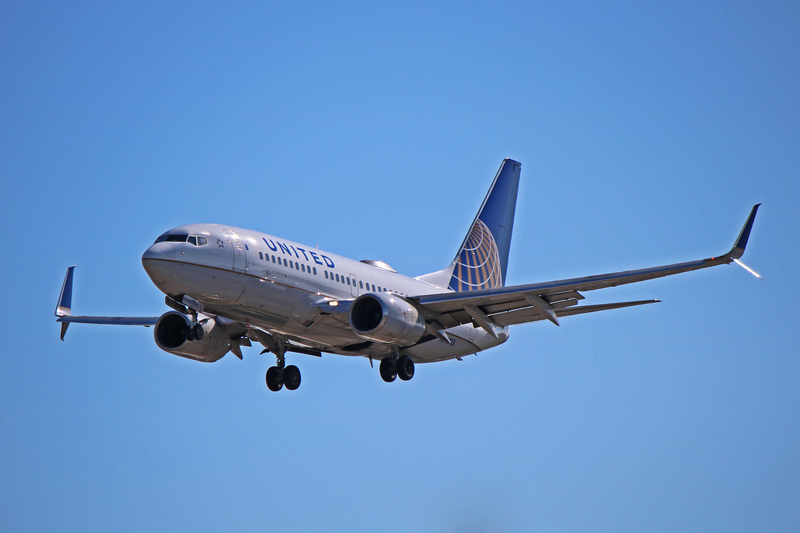LaGuardia Near Disaster: American Jet Takes Off From Occupied Runway
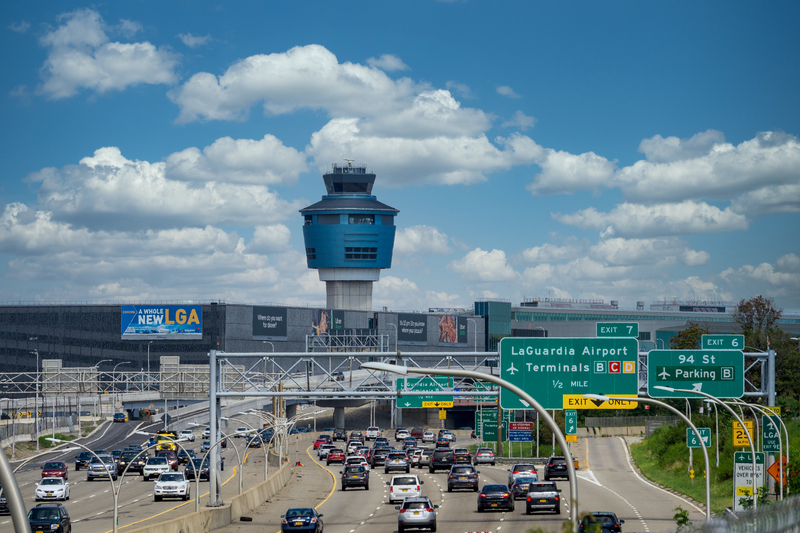
ID 193872724 | Laguardia Lga © Renata Tyburczy | Dreamstime.com
Another day, another terrifyingly close call at LaGuardia Airport — and another glaring reminder of just how urgently the U.S. air traffic control system needs an overhaul.
What Happened?
The incident occurred at approximately 12:30AM on Tuesday, May 6, 2025. It involved two commercial aircraft:
-
United Airlines flight UA2657, a Boeing 737-800 arriving from Houston (IAH), was taxiing to its gate.
-
American Eagle flight AA4736, a Republic Airways Embraer E175 bound for Buffalo (BUF), was preparing for a delayed departure.
LaGuardia’s layout is notoriously tight, with limited space for aircraft movements. That reality, combined with a fragmented control system, set the stage for this dangerous sequence of events.
Here’s the timeline:
-
The tower controller initially instructed the United aircraft to hold short of runway 13.
-
Later, the controller cleared the United aircraft to taxi down runway 13 to exit via a specific taxiway, then handed them off to ground control.
-
The American Eagle jet was then instructed to line up and wait on the same runway.
-
The United plane missed the assigned taxiway exit, and ground control issued new instructions.
-
While the United aircraft was still on the runway, the tower controller cleared the American Eagle flight for takeoff.
-
An automated runway safety alert was triggered, but a Spirit Airlines pilot stepped on the radio transmission, blocking the warning.
-
The controller eventually cancelled the takeoff clearance — but the American Eagle jet had already accelerated past 100 knots.
-
The takeoff was aborted, and the flight was ultimately canceled.
An Entirely Preventable Incident
This close call wasn’t just unfortunate — it was the result of systemic failures that we’ve long accepted as “normal.”
Let’s start with the most obvious flaw: two different controllers managing movements on the same active runway, on separate frequencies. One aircraft was talking to ground, the other to tower, and yet both were occupying the same runway.
In most countries, controllers don’t hand off aircraft to ground until they’re off the active runway — for good reason.
Then there’s the tower controller’s comment: “I thought United had cleared well before that.” Based on what? A gut feeling? Because clearly it wasn’t based on radar or visual confirmation.
And when it came time to urgently cancel the takeoff, the controller couldn’t even get the warning out right away — because another pilot was transmitting over him. This is not a modern safety system. It’s a dangerous game of crossed wires and assumptions.
Bottom Line
An American Eagle flight at LaGuardia was cleared for takeoff while a United 737 was still taxiing on the runway. Both crews followed instructions. The problem wasn’t the pilots — it was the system they were working within.
At an airport as congested and chaotic as LaGuardia, having multiple controllers managing active runways independently is reckless. Until we stop normalizing broken systems, incidents like this will keep happening — and eventually, one won’t be a near miss.
